We sincerely hope that you enjoy this article about 5 Amazing Galapagos Species. This stunning location remains one of the most remarkable spots in all the world. Many of the creatures indigenous to these islands exist nowhere else on earth. The uniqueness and distinctiveness of the forms of life here have made this a center of numerous research programs, many of which are still ongoing. Allow us to provide you with a small glimpse into life on these extraordinary islands.
Marine Iguana
Marine Iguana Facts
- Leading off our list of 5 Amazing Galapagos Species is the astonishing, but appropriately named reptile, the Marine Iguana.
- Most notably, the remarkable lizard constitutes a very special species. This holds true because, to our knowledge, it remains the only lizard in the world able to live and forage in the ocean.
- This, therefore, makes it the only known marine reptile on earth. Plus, look at this face. Does it remind you of Khaleesi’s dragons in Game of Thrones? One might almost believe that it’s a distant cousin.
- Adding to its dragon resemblance, is yet another factor. This astonishing creature primarily dwells on the rugged shore. However, individuals will sometimes visit marshes and mangrove beaches.
- Finally, the Marine Iguana separates itself from other lizards in a remarkable way. This magnificent reptile is entirely herbivorous. Further, it feeds exclusively almost on underwater seaweed.
Marine Iguana Physical Description
First of all, in color, the Marine Iguana generally presents various shades of gray or black. But, it also displays yet another unusual trait. Because of this fact, the animal sometimes display other colors.
In addition, the unique animal actually varies in average size from island to island. This trait remains unique. However, a general average size is roughly 5.6 ft (1.7 m) in length and 26 lbs (12 kg) in weight.
Furthermore, it has remarkably sharp teeth for a herbivore. It also evolved a rather flat snout. Finally, it even has a one-of-a-kind nasal gland. This serves to filter excess salt, which it expels through its nostrils.
- Kingdom: Animalia
- Phylum: Chordata
- Class: Reptilia
- Order: Squamata
- Family: Varanidae
- Genus: Varanus
- Species: V. komodoensis
Marine Iguana Distribution, Habitat, and Ecology
Firstly, the bizarre Marine Iguana exists in the wild only on the Galapagos Islands, themselves a marvel of Nature. While not physically connected, of course, these form part of the country of Ecuador, in South America.
As a herbivore, its flat snout and sharp teeth allow it to feed on algae growing on rocks when it so chooses. The fascinating animal also has the ability to dive to depths as great as 30 feet (10 m).
After diving in the rather cold water to feed, it will bask in the sun on the rocky shoreline for long. But, at this time, it becomes extremely defensive. As a result, it will strike at any approaching creature.
Finally, during breeding season the males assemble large herds of females. These the male aggressively guards from rivals. Violent encounters at this point are rare, however. Typically, such fights consist of no more than head-bobbing and head-butting.
Galapagos Penguin
Galapagos Penguin Facts
- The second representative of our 5 Amazing Galapagos Species leaves no doubt as to its origins, since its name, the Galapagos Penguin, says it all.
- Firstly, the resourceful penguin, Spheniscus mendiculus, is not only adorable, it also remains quite unique. This occurs because it happens to be the only penguin found north of the equator.
- It also constitutes a variety of banded penguin that has a unique ability to survive in its endemic range. This occurs as the result of a very specific combination of environmental factors.
- This combination consists of two cold ocean currents actually meeting near its habitat. Therefore, this highly resilient creature survives by spending the majority of its time in the cool water.
Galapagos Penguin Physical Description
The Galapagos Penguin ranks as a quite diminutive variety of penguin. As a result, the adults only average about 19 in (49 cm) in length. In addition to this, its weight rarely exceeds 5.5 lb (2.5 kg).
In fact, this beautiful penguin remains the second smallest of all related species known to man.
Also, like many of the other types of flightless birds known to exist, it displays sexual dimorphism. In this animal, this involves the females being slightly smaller in size than the males.
Finally, its coloring remains the standard combination of black and white common to all penguins.
- Kingdom: Animalia
- Phylum: Chordata
- Class: Aves
- Order: Sphenisciformes
- Family: Spheniscidae
- Genus: Spheniscus
- Species: S. mendiculus
Galapagos Penguin Distribution, Habitat, and Ecology
Not surprisingly, the endemic habitat range of the Galapagos Penguin also remains restricted. It only lives in a specific portion of the Galapagos Islands, not the entirety. Sadly, this also makes the animal extremely vulnerable.
Currently, fewer than 1,000 breeding pairs of this animal, which mates for life, appear to exist. In fact, this makes it the rarest of all species of penguin currently known to science.
Individuals make their nests within 160 ft (50 m) of the water and lay their eggs in caves or crevices, to protect them from the sun.
Further, its principle predators include snakes, hawks, sharks, sea lions, and fur seals. Finally, though under legal protection, the bird occasionally becomes trapped in fishing nets.
Lava Cactus
Lava Cactus Facts
- As the only plant among our 5 Amazing Galapagos Species, the Lava Cactus is a remarkable succulent, adapted for a very specific habitat.
- The rather distinctive looking plant ranks as the smallest of the cacti species inhabiting its range. Yet its small size does nothing to diminish the fascination scientists have with the species.
- This cactus only grows in the archipelago of the Galapagos Islands. Furthermore, even there its habitat remains widely scattered and broken. It exists in only 11 known small clusters on just six islands.
- The entire combined area of habitation for this species only totals 38.6 sq mi (100 sq km). Due to this limited zone of habitation, the plant remains highly vulnerable to climate change.
- While its range remains limited, at least the location provides some protection from certain perils. That’s because the entirety of the species’ range falls within the territory of the Galapagos National Park. This site also forms a Natural World Heritage Site.
Lava Cactus Physical Description
While it has a unique appearance, the Lava Cactus remains the smallest of the cacti species in its range. Each plant consists of a series of stems with a short and cylindrical shape. The stems attain an average height of roughly 24 in (60 cm). These typically grow in rather dense clusters that often exceed 6 ft (2 m) in diameter.
Furthermore, each of the stems has a dense covering of numerous sharp spines. It’s most noteworthy that these spines change color with the age of relative parts of the plant. They present a yellow color on the young portions and turn dark gray or black on older sections.
The blooms also present a striking image, being a beautiful creamy white in color. In addition, they attain diameters of as much as 2.2 in (5.5 cm). The fruits also remain small and may be either red or reddish-brown in color. Each fruit also has a covering of sharp spines and contains many dark brown seeds.
- Kingdom: Plantae
- Phylum: Angiosperms
- Class: Eudicots
- Order: Caryophyllales
- Family: Cactaceae
- Genus: Brachycereus
- Species: B. nesioticus
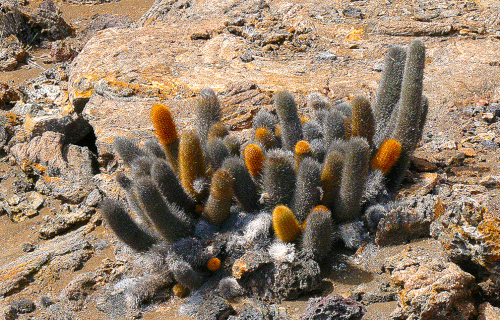
CCL: https://bit.ly/24dGLTK
Lava Cactus Distribution, Habitat, and Ecology
The unusual Lava Cactus has a rather restricted habitat range. They only exist on a total of six of the Galapagos Islands. Also, they only exist in 11 known small clusters that cover a total a remarkably small area.
It remains especially relevant that it has adapted to the extremely volcanic soil of these islands and can thrive nowhere else. The plant grows only on relatively recent lava flows, which severely limits its growth potential on the islands.
Like all succulents, the species stores moisture in its stems when it’s available. This enables it to survive for extremely long periods of time during droughts. The spines, which actually represent the leaves of the plant, serve a dual purpose. They also provide a defense against local herbivores.
The species flowers very briefly before dawn, and the blooms close within a few hours. Despite the intense scientific interest the islands have received over the years, experts know little of the biology of this particular plant.
Blue Footed Booby
Blue Footed Booby Facts
- Next on our list of 5 Amazing Galapagos Species is a truly unusual looking bird one would not be likely to forget, the Blue Footed Booby.
- The distinctive avian is a rather remarkable marine bird in the family Sulidae. This family holds a total of ten species of seabirds. Many of these also display unique blue feet.
- In addition, the males use those brilliant feet as a rather important display during mating rituals. However, regardless of its appearance, its behavior certainly isn’t as brilliant as the color of its feet.
- The origin of the generic name booby presumably comes from the Spanish word for stupid. In ancient times, the various species became popular for a specific habit. Many often landed on the decks of sailing vessels, where hungry sailors easily captured and ate them.
Blue Footed Booby Physical Description
The truly interesting Blue Footed Booby also displays sexual dimorphism in two ways. Firstly, the blue coloring of the feet develops much brighter on the males. Secondly, the females also grow slightly larger in size.
In addition, an overall average wingspan for this seabird is about 32 in (81 cm). However, exceptional individuals sometimes grow larger. Further, the wings of some individuals also grow highly pointed in shape.
Also, the majority of the body primarily appears white. However, the neck and head typically have light brown or tan streaks. Yet the wings generally show various shades of brown.
Finally, another interesting feature of this remarkable bird is the eyes. That’s because these most commonly present a distinctive and remarkable yellow. This trait sets it apart from related avian species.
- Kingdom: Animalia
- Phylum: Chordata
- Class: Aves
- Order: Suliformes
- Family: Sulidae
- Genus: Sula
- Species: S. nebouxii
Blue Footed Booby Distribution, Habitat, and Ecology
Firstly, the Blue Footed Booby evolved as a strictly marine bird. Therefore, it only needs land for breeding and nesting. This usually happens in large colonies. It typically constructs its nest amid the rocks of shorelines.
Further, this fascinating avian appears to have evolved as native to the region of the eastern Pacific Ocean. But, within that range, it nests on both the various tropical and subtropical islands.
In fact, the colorful bird may live across a territory ranging from the Gulf of California, in North America, to Peru. In addition, roughly half of all pairs seem to mate and nest on the Galapagos Islands.
Breeding also occurs every 8-9 months, yet only 1-3 eggs are laid. Finally, the diet consists almost entirely of fish. Individuals feed by diving, and sometimes even swimming, beneath the surface of the ocean to catch prey.
Pinta Island Tortoise
Pinta Island Tortoise Facts
- With the inclusion of the Pinta Island Tortoise in our compendium of 5 Amazing Galapagos Species, we end on a bittersweet note, as we commemorate the passing of this remarkable animal.
- This tortoise and its last survivor, Lonesome George, represented the rarest known creature on earth. Researchers discovered Lonesome George in 1971.
- They also chose to investigate the devastation of the native species by non-native wild goats that had been introduced to the islands. That devastation of the food supply serves as the suspected culprit in the loss of the Pinta Island Tortoise.
- George measured 40 inches (100 cm) long and weighed approximately 194 pounds (88 kg). He also lived as a protected resident of the Charles Darwin Research Facility, located on one of the islands.
- Lamentably Lonesome George passed away suddenly on June 24, 2013. His age was estimated at 100 years, which does not measure as especially old for a species of Galapagos Tortoise.
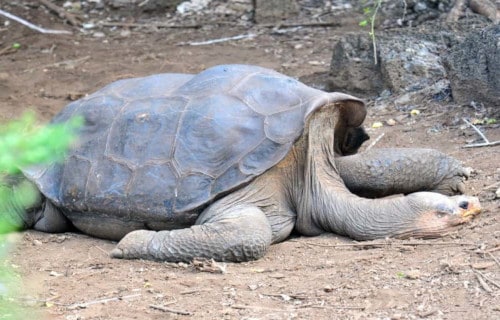
CCL: http://bit.ly/2xLZ0ap
Pinta Island Tortoise Captive Breeding Efforts
Experts made repeated attempts to breed Lonesome George with related species. However, any offspring would not be representational of a true Pinta Island Tortoise.
Eggs occurred many times, yet all proved unviable and failed to hatch. However, in November of 2012, scientists reported that genetic testing identified 17 tortoises that possessed partial genetic matches with the Pinta Island Tortoise.
Some of those hatched during Lonesome George’s captivity, spurring hopes that others of his species still exist in the wild, despite the fact that a decades-long, concerted search had failed to locate any members of this unique animal species.
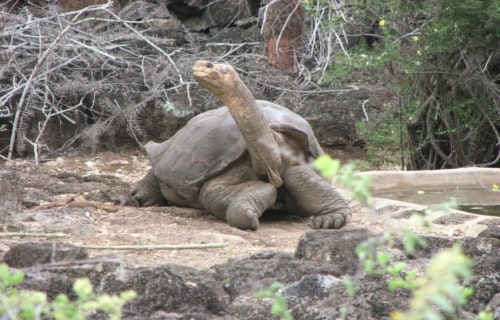
CCL: http://bit.ly/2zDnGC2
Pinta Island Tortoise Mysterious Demise
The nature of George’s unexpected passing puzzled many, and others consider it rather elegant, though unfortunate, proof that animals possess emotions similar to our own.
A necropsy of the ill-fated Pinta island Tortoise also indicated that he died of old age, despite the fact that Galapagos Tortoises typically live for 150-170 years in captivity.
At the national park where scientists relocated him to, he also remained well fed and cared for by the same caretaker for 40 years.
All medical examinations prior to his passing indicated that he was in excellent health. Finally, some postulate that he died as a result of how he lived: as Lonesome George.
We truly hope that you have enjoyed our choices for 5 Amazing Galapagos Species. Each of them is a remarkable example of evolution and adaptation. Likewise, each remains worthy of respect and protection. Sadly, though, some of them, like many other species, face dangers to their continued existence. It is up to us to do all we can to protect and preserve them for future generations to appreciate.
Check out our other articles on Earth’s Geothermal Marvels, 6 Incredible Asian Islands, 6 Extremely Localized Invertebrates, Wonderful Wild Cats of the World, 6 Mysterious Natural Phenomena

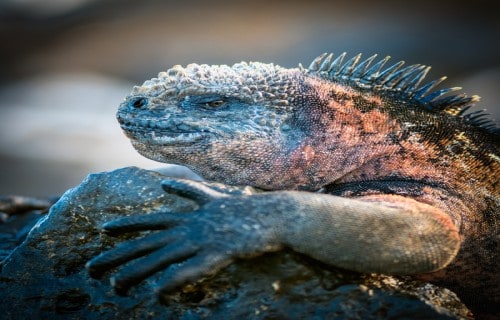
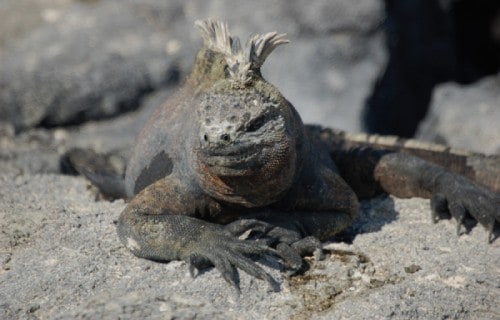
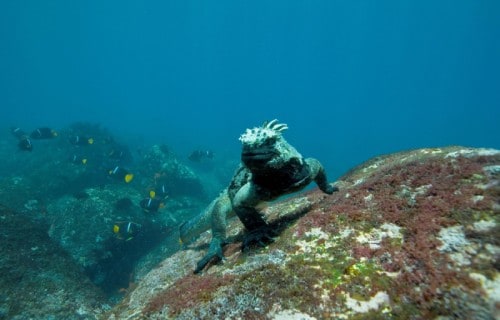
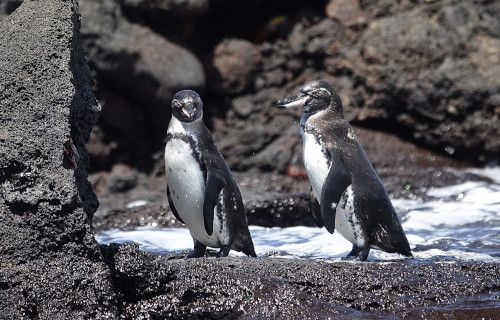
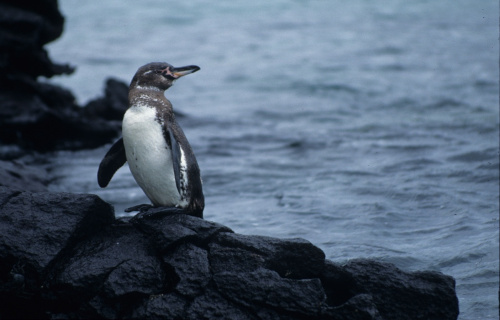
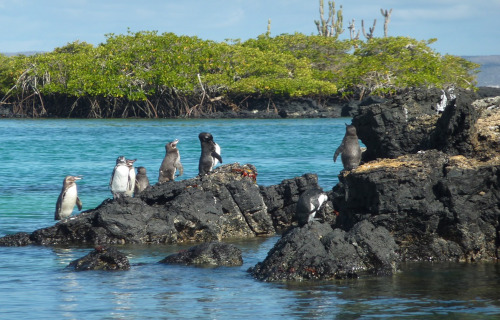
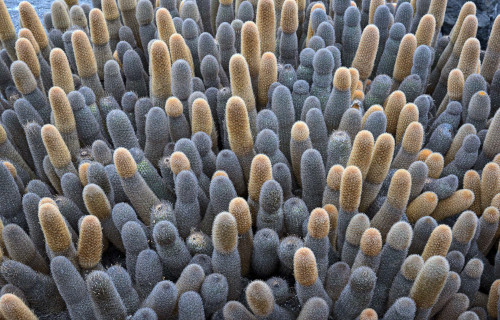
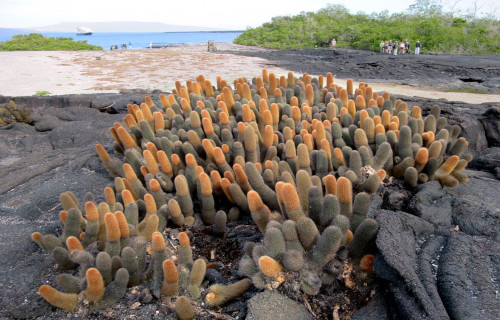
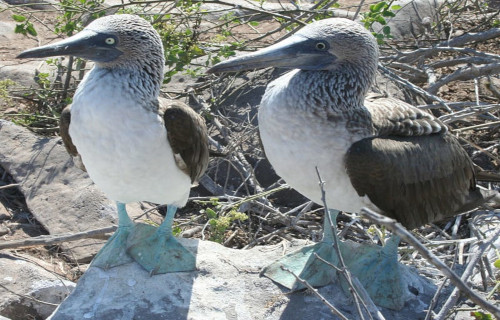
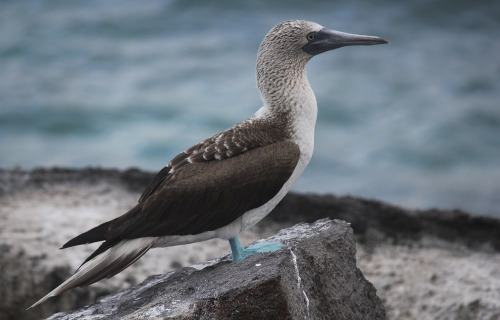
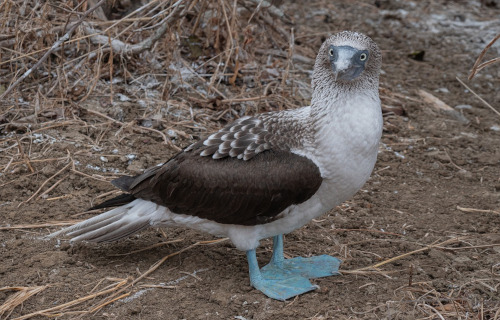









Leave a Reply